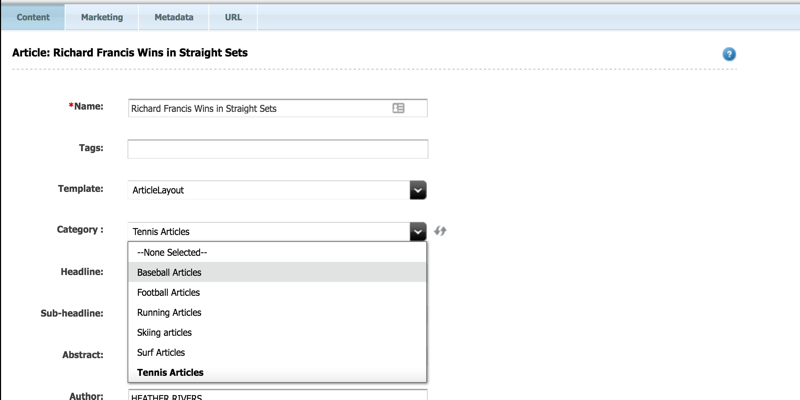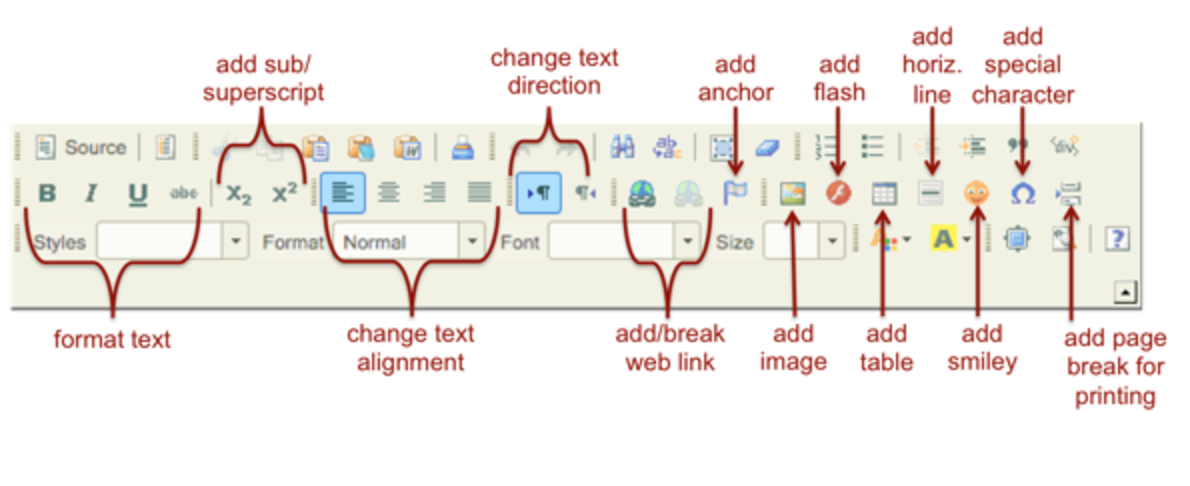The Big Hurt
Who the heck wants to do manual labor when your finger nails are as well-manicured as ours are, eh? The WebCenter Sites Practice at Function1 is in full swing in the WCS 12c upgrade cycle, with a few clients in the process. As it were, the upgrade itself can be "sort of easy" to nearly impossible depending on the approach taken and feature(s) of your particular implementation. If the upgrade gods are shining their light down on you, you only need to go from 11.1.1.8.0 to 12c. However, there's a good chance that that isn't you, OR that that god is dead OR doesn't exist...











